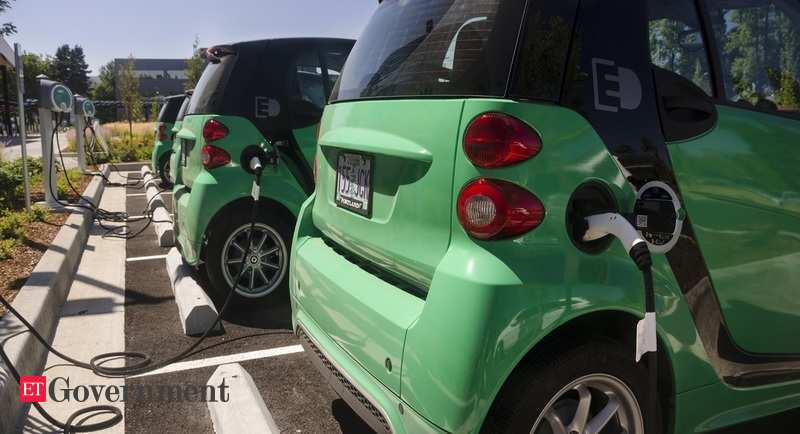The report highlights that micromobility solutions can play a critical role in the post-COVID-19 world, where social distancing has become necessary. Micromobility solutions allow for better utilization of existing infrastructure and provide an excellent way to avoid crowded public transportation systems.

Cities that have already adopted micromobility solutions have experienced positive impacts such as increased mobility, environmental sustainability, and improved health due to increased physical activity. However, there are still some challenges to be addressed to ensure that these solutions are integrated into the urban transport network seamlessly.
One major issue highlighted in the report is safety. Micromobility users are exposed to higher risks of accidents, and cities need to ensure that safety measures are put in place to mitigate these risks. Infrastructure such as dedicated bike lanes, proper lighting, and clear signage can go a long way in improving safety.
Another challenge highlighted in the report is regulation. Cities need to ensure that micromobility solutions are adequately regulated to ensure that they are safe and do not negatively impact other modes of transport. Regulations should cover areas such as pricing policies, data privacy, and operational standards.
Finally, the report highlights the need for collaboration between cities and micromobility service providers. Cities should work closely with service providers to ensure that the solutions provided align with their specific needs.
In conclusion, micromobility solutions such as e-scooters and bicycle-sharing programs can improve urban mobility, reduce congestion, lower carbon emissions, and provide affordable and convenient transportation options. However, cities need to address challenges such as safety, regulation, and collaboration to ensure that these solutions are integrated into the urban transport network effectively. EIT Urban Mobility's "Urban Mobility Next" report provides valuable insights and best practices for cities to adopt micromobility solutions successfully.